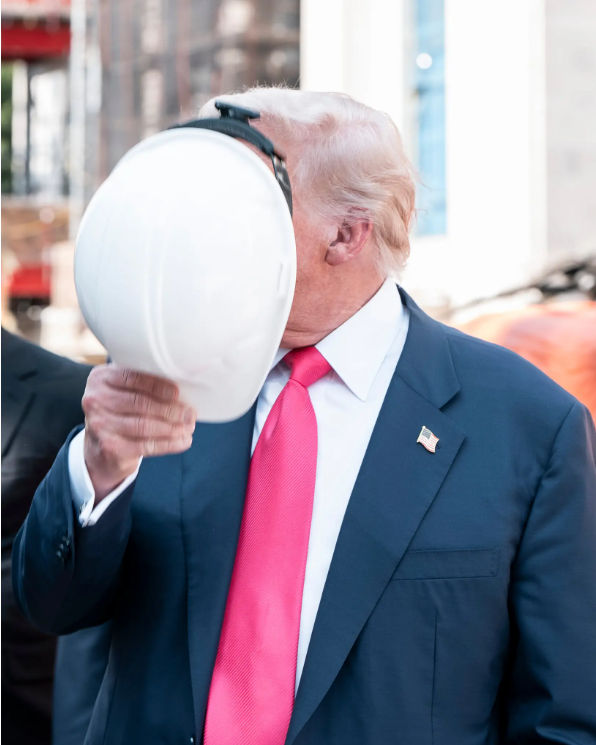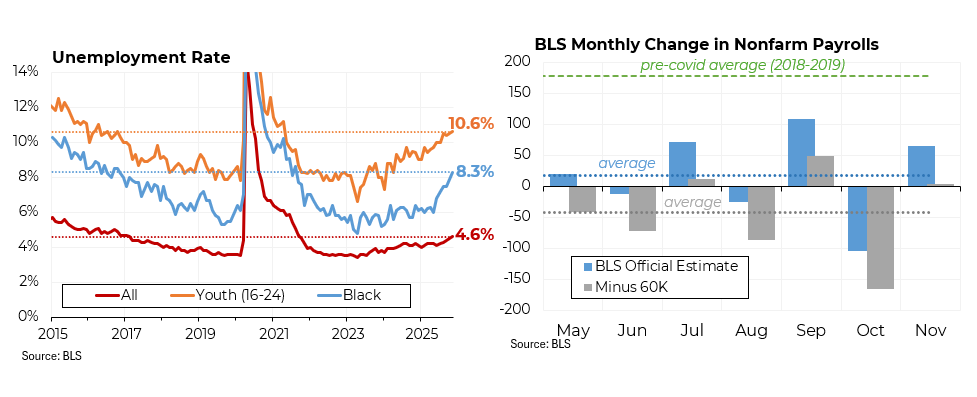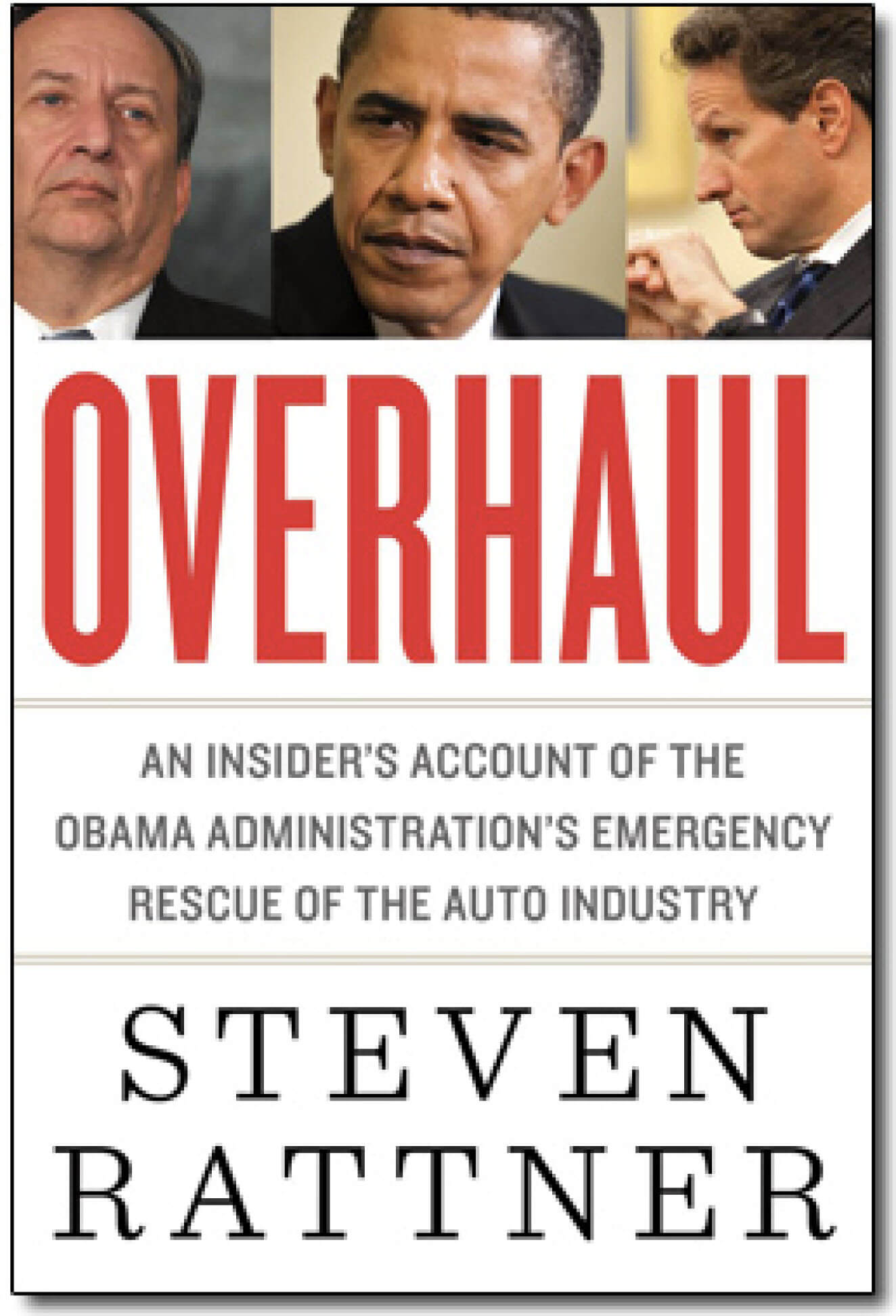Originally appeared in the New York Times.
ECONOMIC alarm bells are ringing: Financial markets have wilted. Forecasters have been slicing their projections for future growth. And some leading wise men — including the megabillionaire George Soros — are predicting a return to disastrous 2008 conditions. That’s almost certainly an overly pessimistic view. But without a doubt, the leading global economies are in a major slowdown.
Not evident is whether another recession looms. While current data suggests that modest growth continues in the United States, economists are notoriously bad at forecasting downturns. As The Economist noted, between 1999 and 2014, the International Monetary Fund, in its April forecasts, failed to predict every one of the 220 instances in which one of its members suffered negative annual growth in the next year. Even the Federal Reserve uncharacteristically recently described the outlook as “unclear.”
What’s unusual about today’s raft of challenges is the extent to which governments around the world have added to the problems, rather than ameliorating them. Poor policy choices, like misguided spending priorities and too much austerity, have added to the drag on growth. Notably, failing to act at all has cut deeply into business and investor confidence, an important support mechanism for markets and consumers alike.
Governments alone are not to blame; the reasons for the sagging economies are multifarious and jumbled, more de Kooning than Mondrian.
For a start, global competition and weak productivity growth have held down wages in developed countries. That has depressed consumer spending, as have increased saving and growing income inequality, which has pushed more money into the hands of the rich, who are less likely to spend it.
Lacking confidence and seeing weak demand, many businesses have held back on investing, and in the challenged energy sector, cuts are rampant. Meanwhile, the rise of capital-efficient businesses — from Amazon to Uber — means less spending on machinery and buildings.
Well-intentioned efforts to avoid another financial crisis have put the banking system in a straitjacket, discouraging lending and reducing liquidity on trading desks, which has contributed mightily to market gyrations.
In turn, weakening credit markets stir fears of corporate bankruptcies. While falling prices of oil and other commodities help industrialized countries, they signal not just rising supply but also disappointing demand.
All that said, governments haven’t done enough to help the situation — and have done a lot to exacerbate it. Closest to home, of course, is gridlock in Washington. Anti-deficit fervor has led to a meat-ax approach to spending cuts, under which nondefense discretionary outlays (which include key pro-growth areas like research and development and infrastructure) have fallen in real terms by nearly 20 percent over the past five years, at a time when they should be growing substantially.
Meanwhile, Congress has not passed a comprehensive tax reform package in three decades, which has given clever experts room to develop loophole after loophole, particularly for multinational companies eager to cut their tax bills by sequestering profits overseas.
Fueling still more fear among consumers and businessmen alike is the looming presidential election and the surprising strength of contenders like Donald J. Trump and Bernie Sanders, who promise unconventional, and potentially disruptive, changes if elected.
Europe is in far worse shape. Bedeviled by a poorly constructed single currency system, the Continent has lurched from crisis to crisis as weaker countries like Greece fail to keep up with the German juggernaut
And while reforming our regulatory apparatus would be a welcome economic positive, that should be urgent business for Europe. Sclerotic labor laws in countries like France result in unyielding double-digit unemployment. In many European countries, regulatory red tape impedes new business start-ups. Germany’s aggressive tilt toward renewable energy has raised costs enormously for its industrial sector.
Meanwhile, key private sector actors are particularly fearful that central banks, which have kept growth alive by keeping interest rates near zero, have run out of ammunition, making the need for more robust fiscal policy even more urgent.
Then there’s China. Unlike their counterparts in developed countries, Chinese leaders aren’t afraid to act; their problem is that they often don’t seem to know what to do, particularly when it comes to managing financial markets.
When Chinese stocks sagged, the authorities exhorted the citizenry to buy them up. As shares soared, they curtailed the ability to purchase shares on margin, causing prices to plummet. Similarly, beginning last August, China made a muddle of its effort to unpeg its currency from the strong dollar, leading to huge capital flight from the country ($159 billion in December alone).
Most scary to China watchers is the country’s fast rising debt. All these worries are exacerbated by the country’s opacity; for example, almost no expert believes that China is growing at the nearly 7 percent rate that it claims.
The past two recessions were caused largely by private actors: the risky lending of the mid-2000s and the dot-com bubble at the turn of the century.
This time, if we fail to break out of the current stagnation — or worse, fall into global recession — the fault will lie with our leaders.










